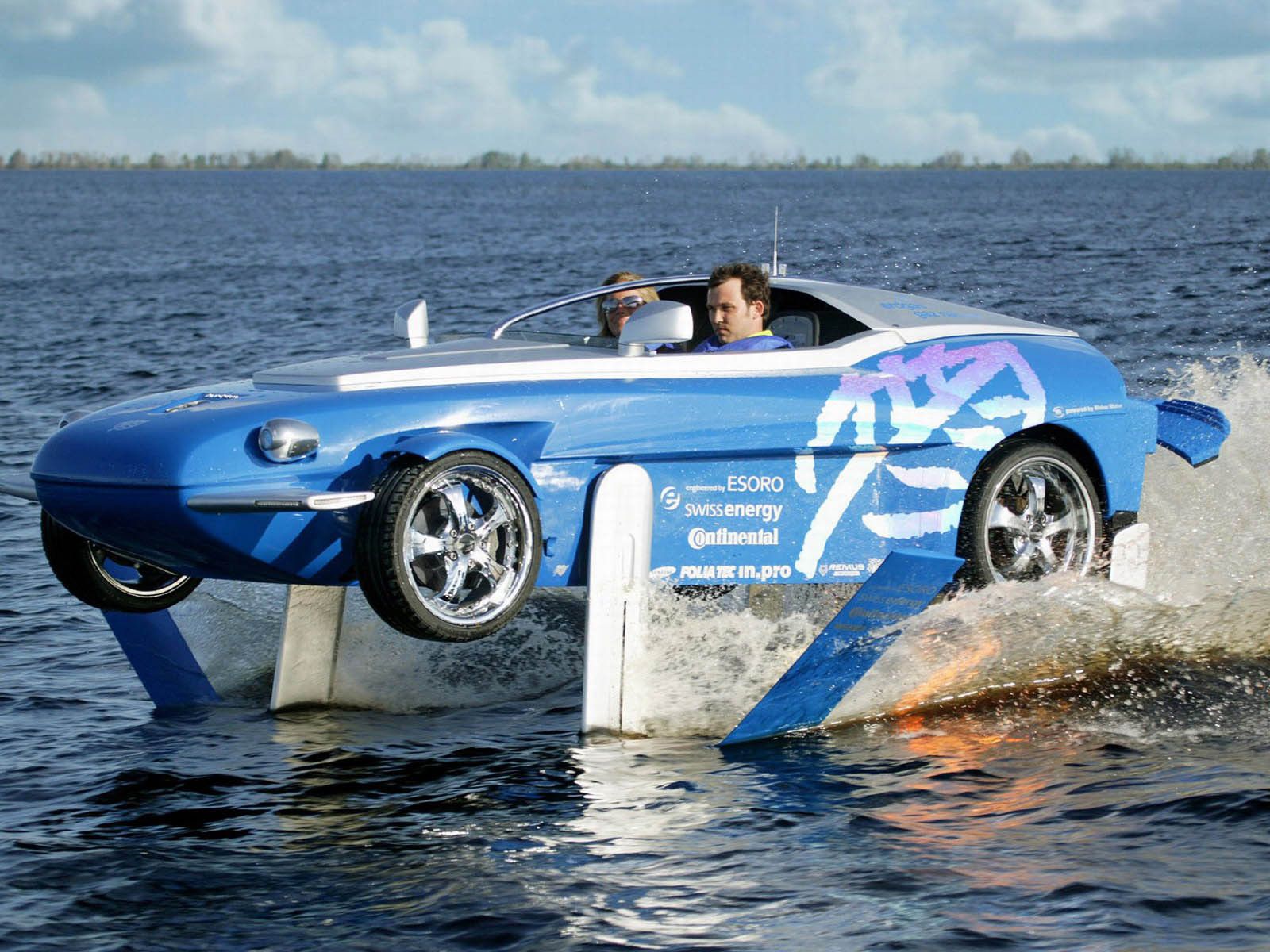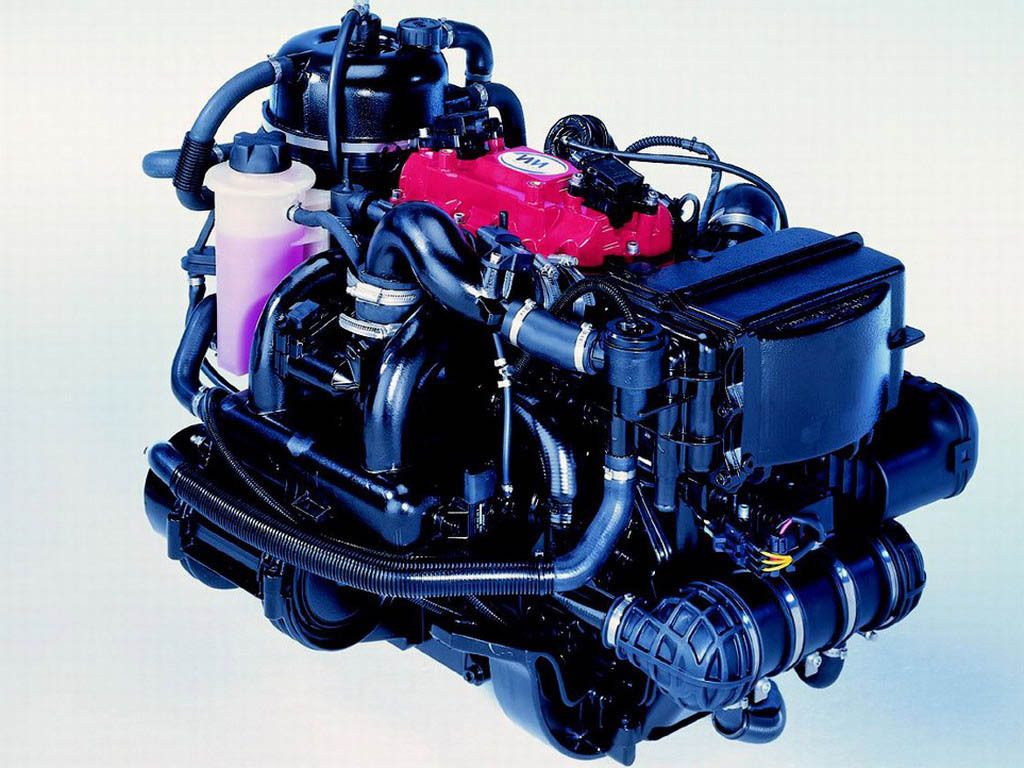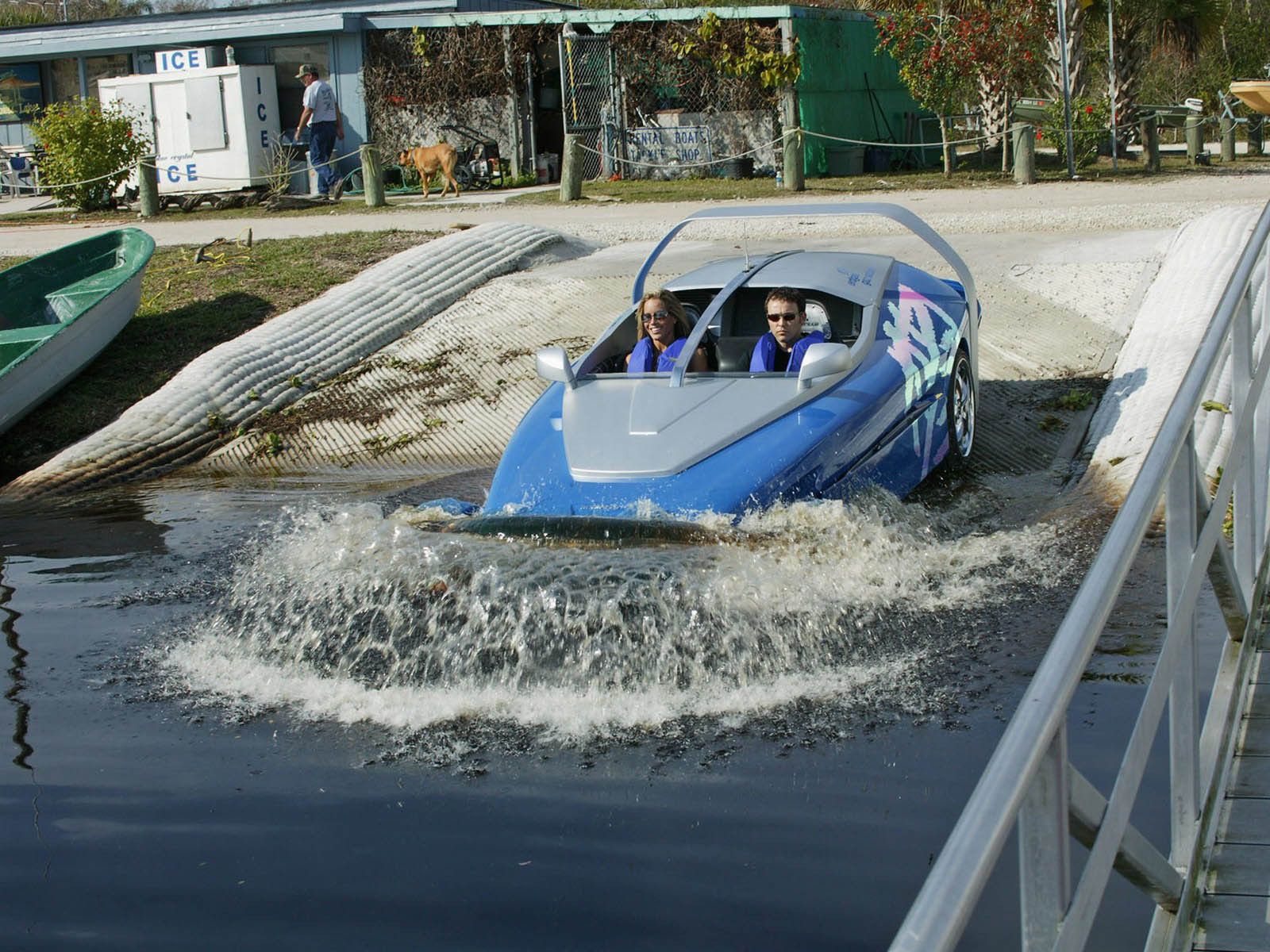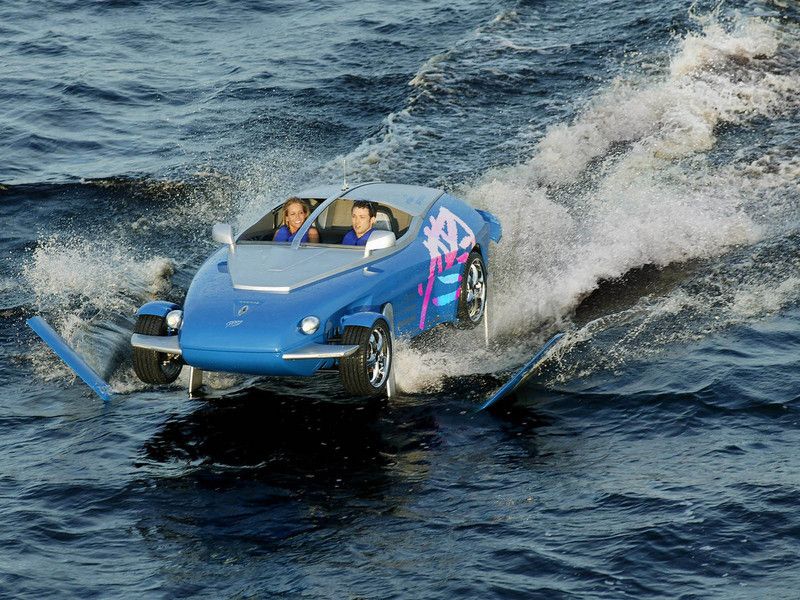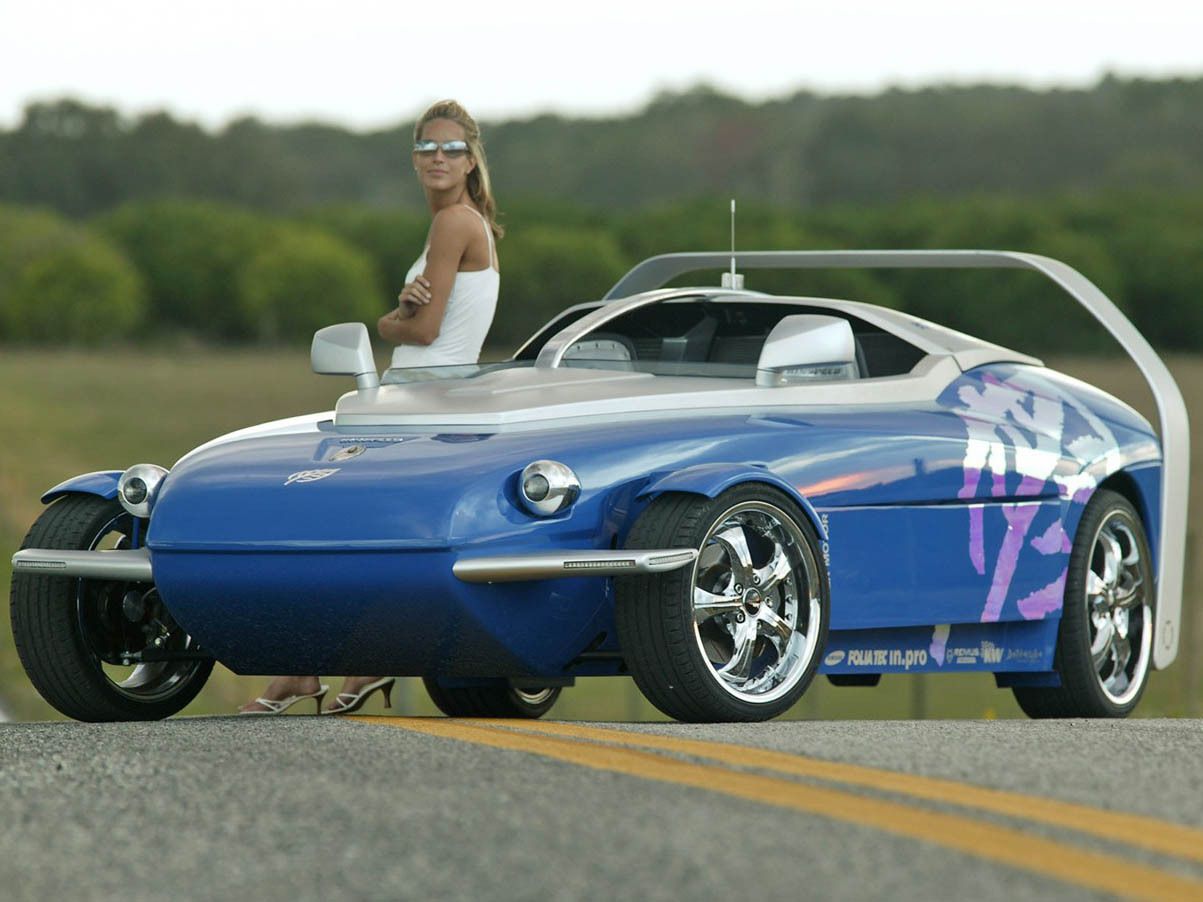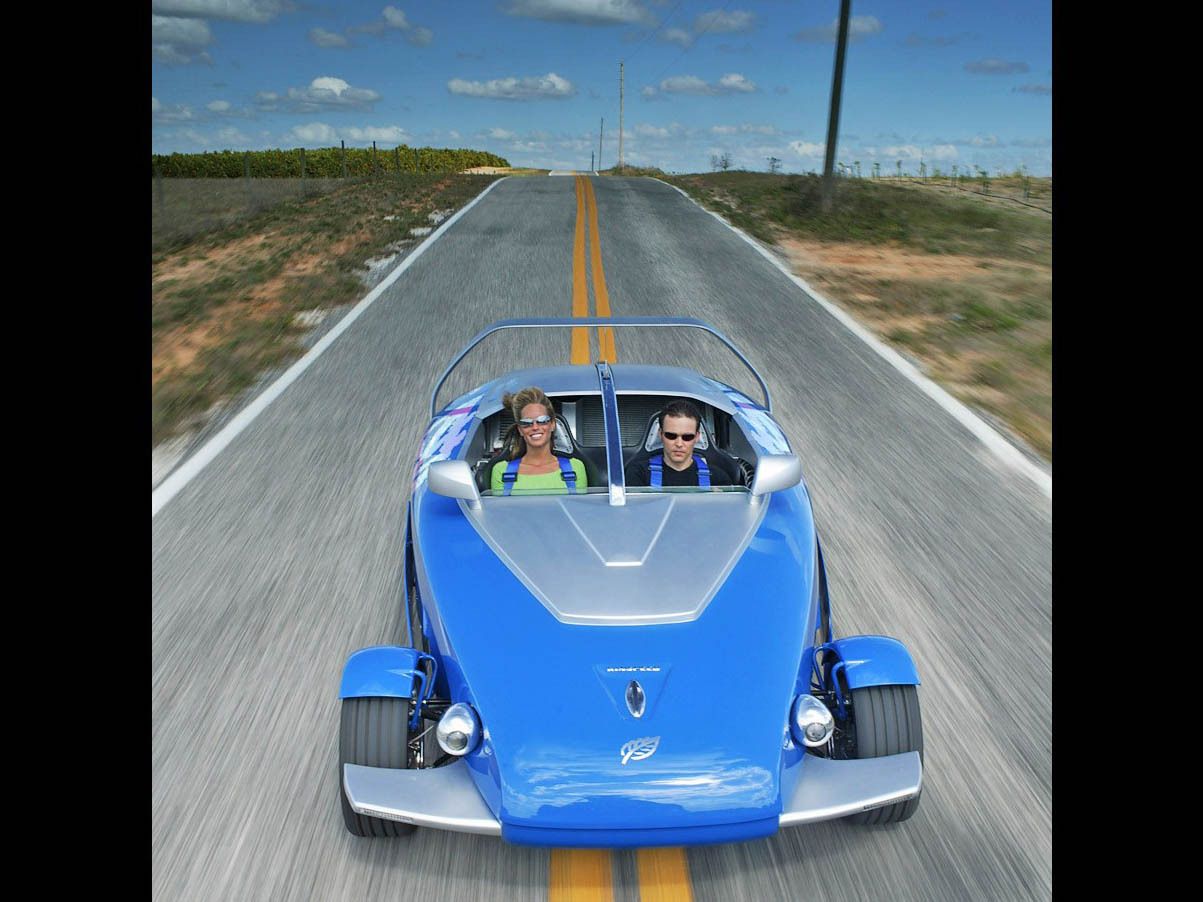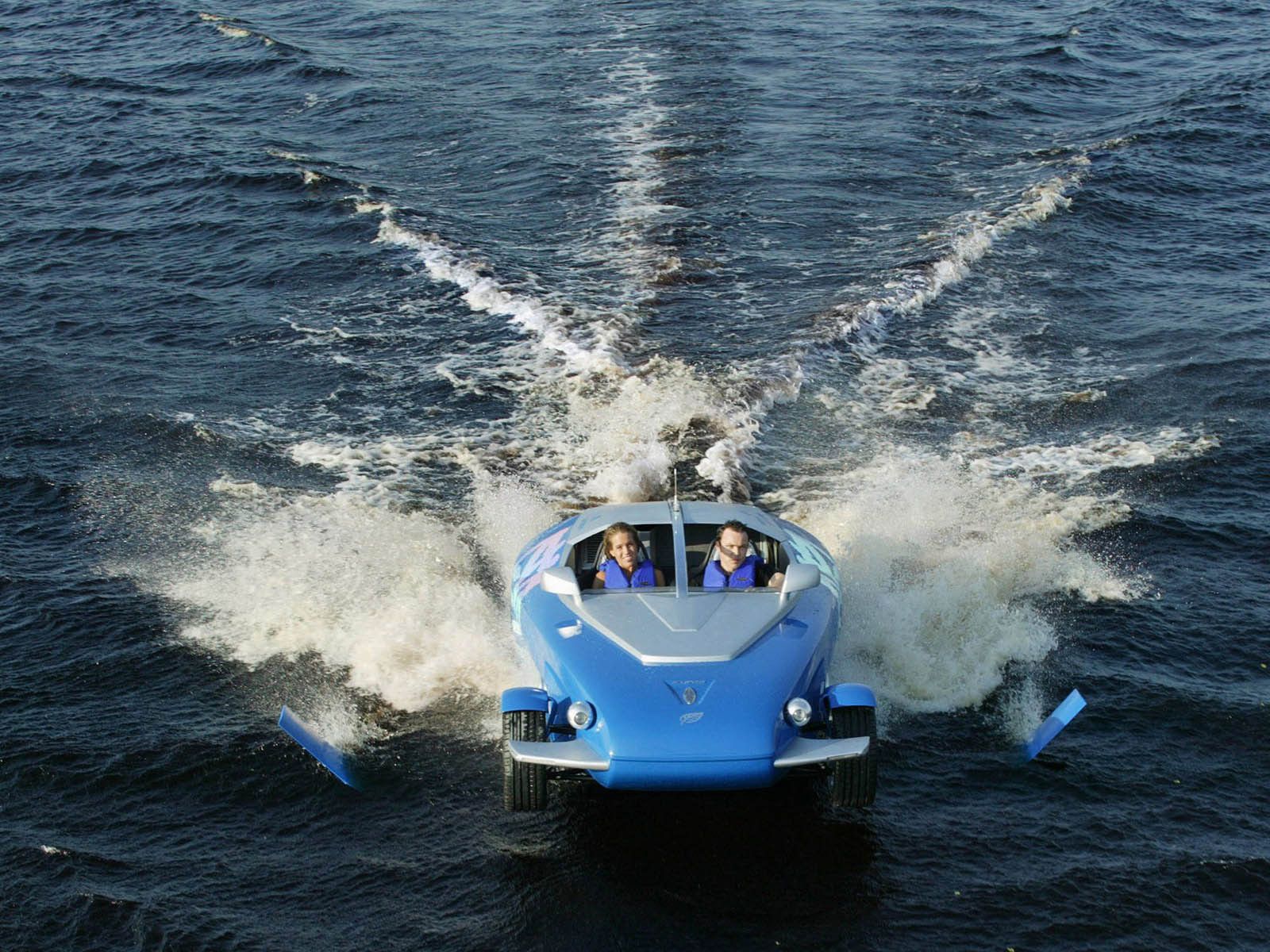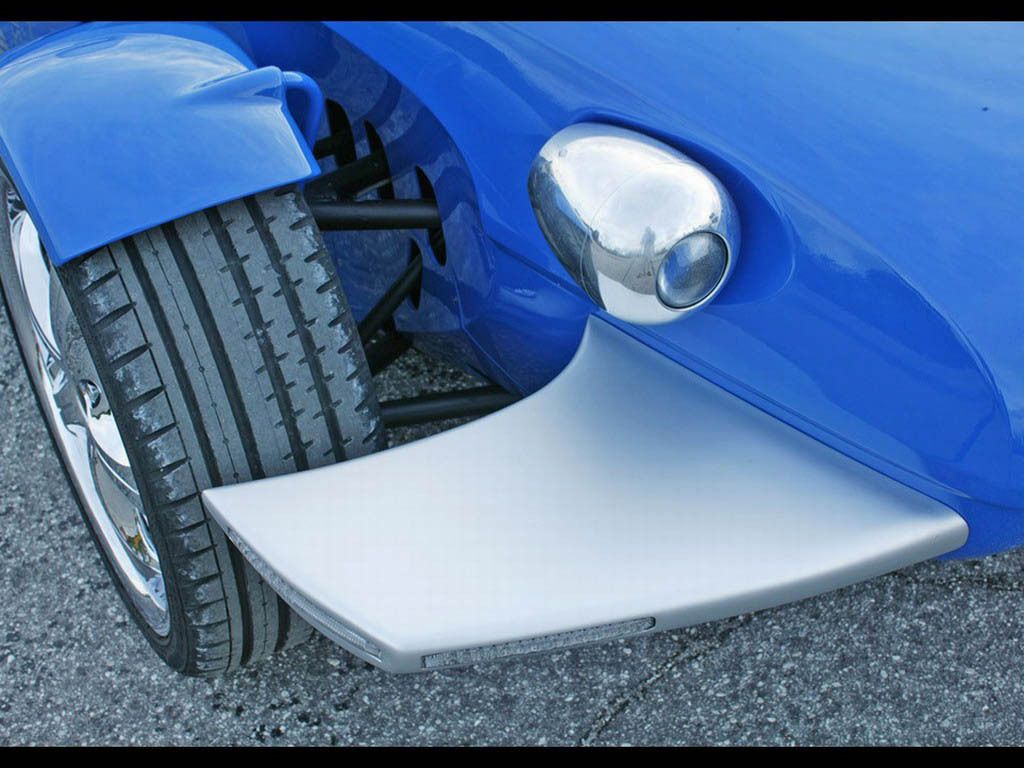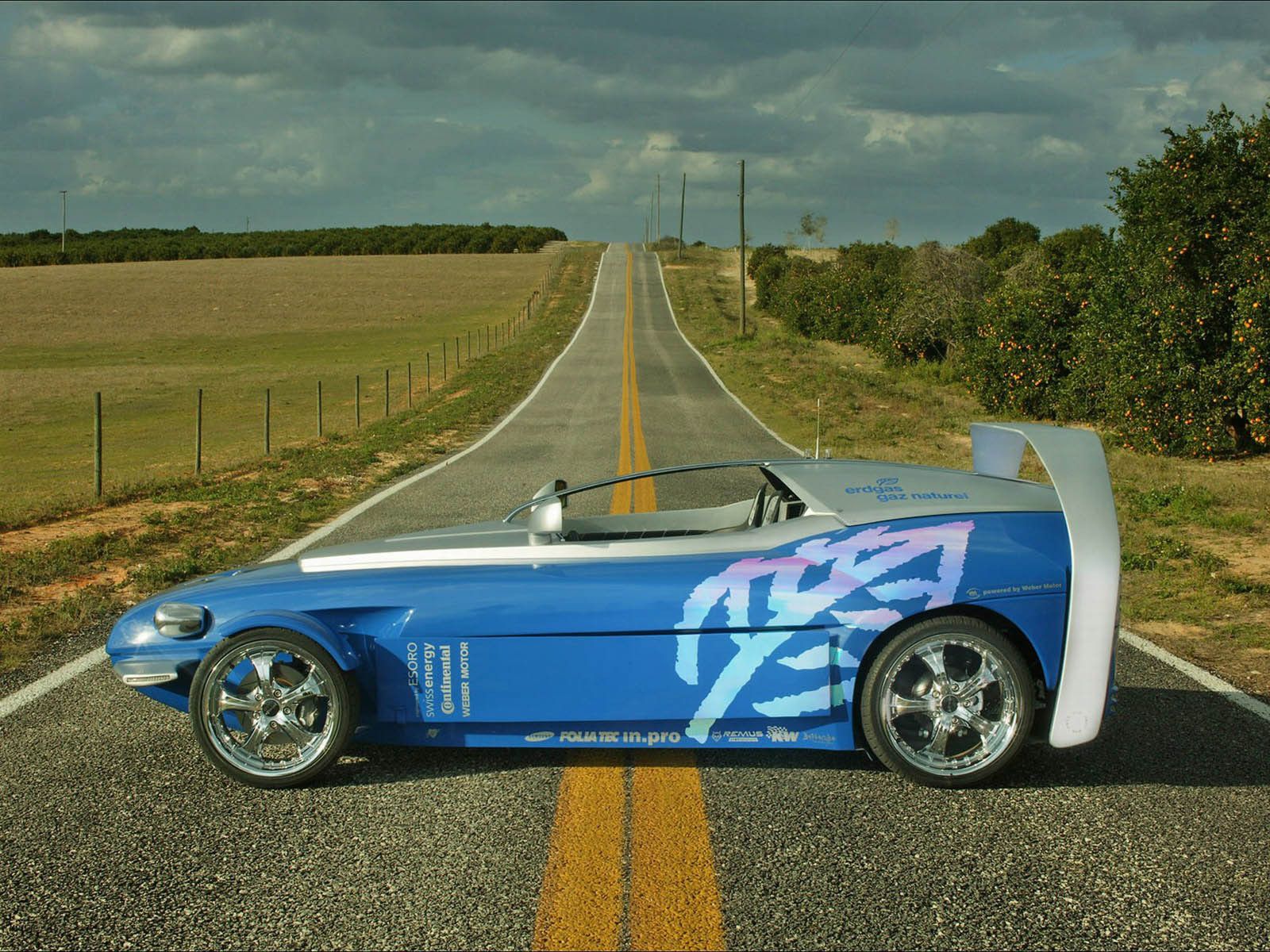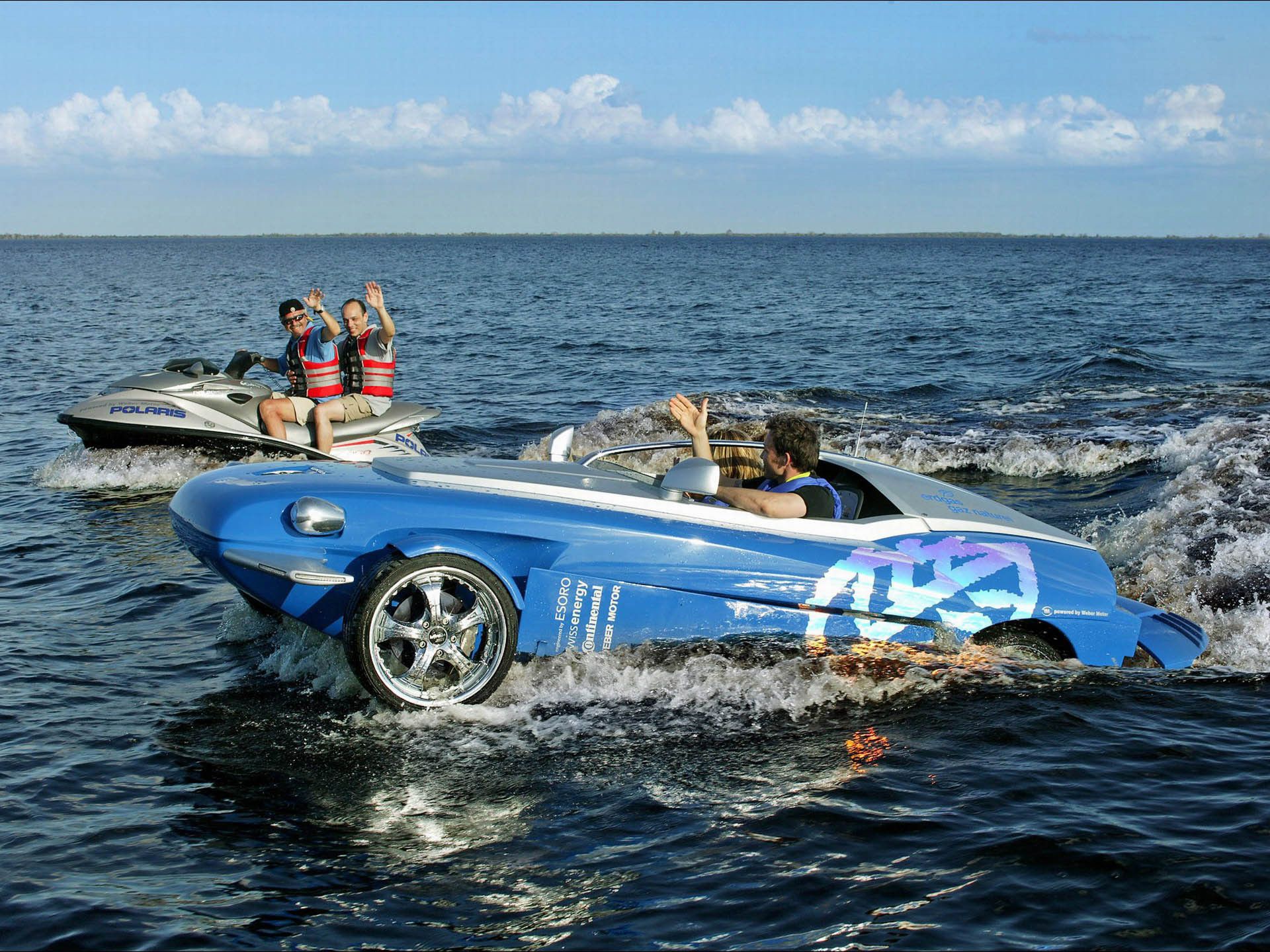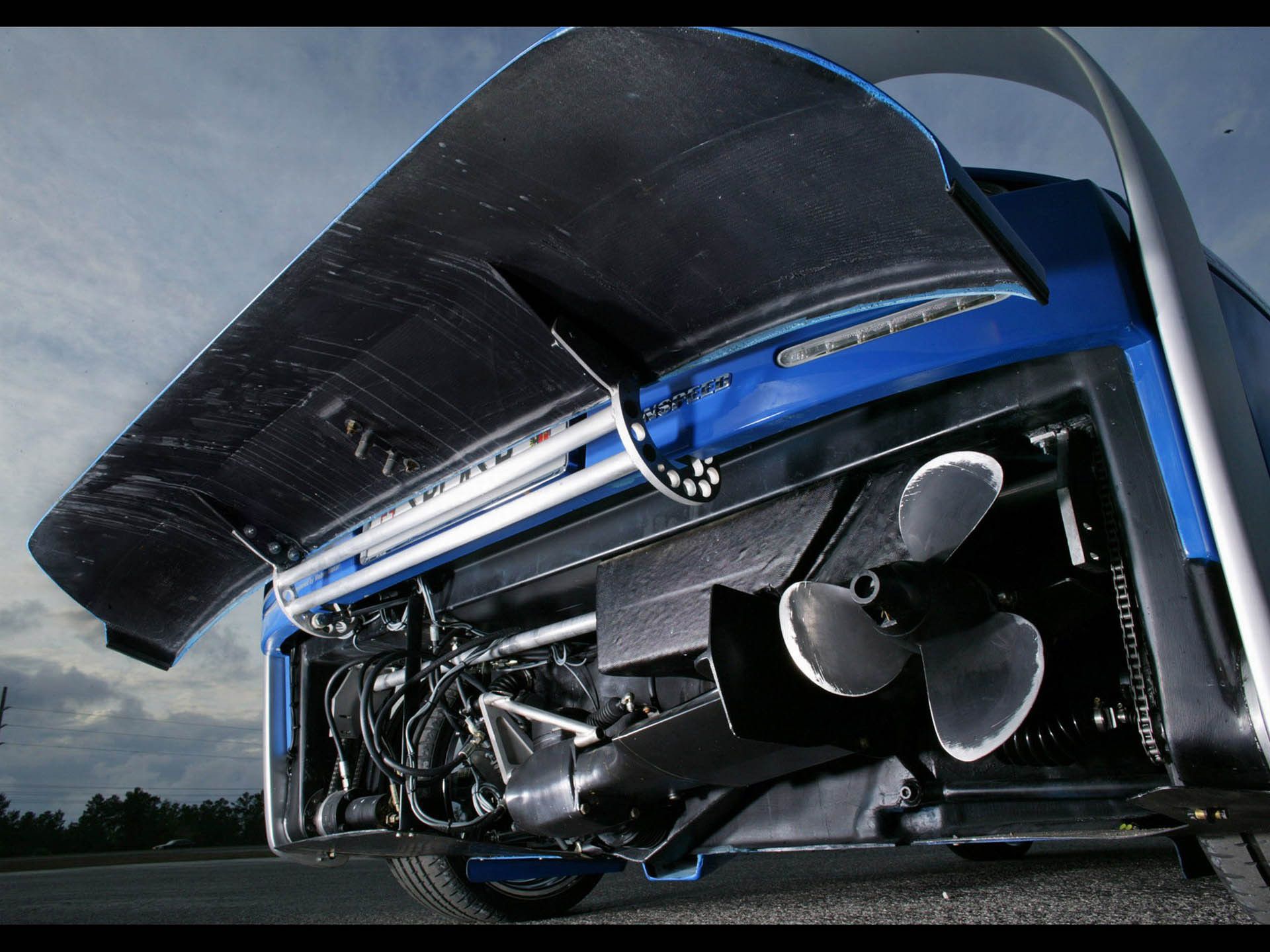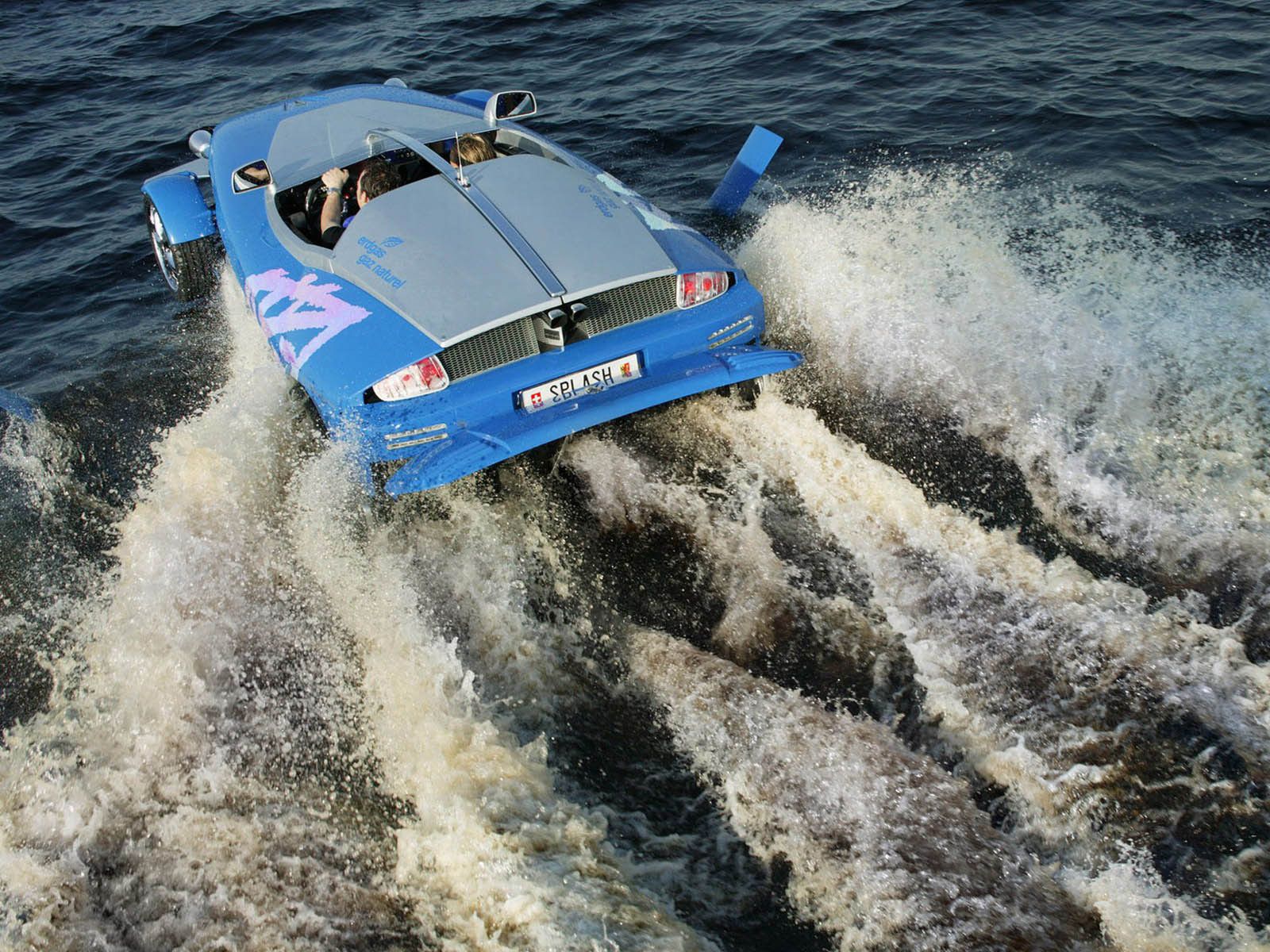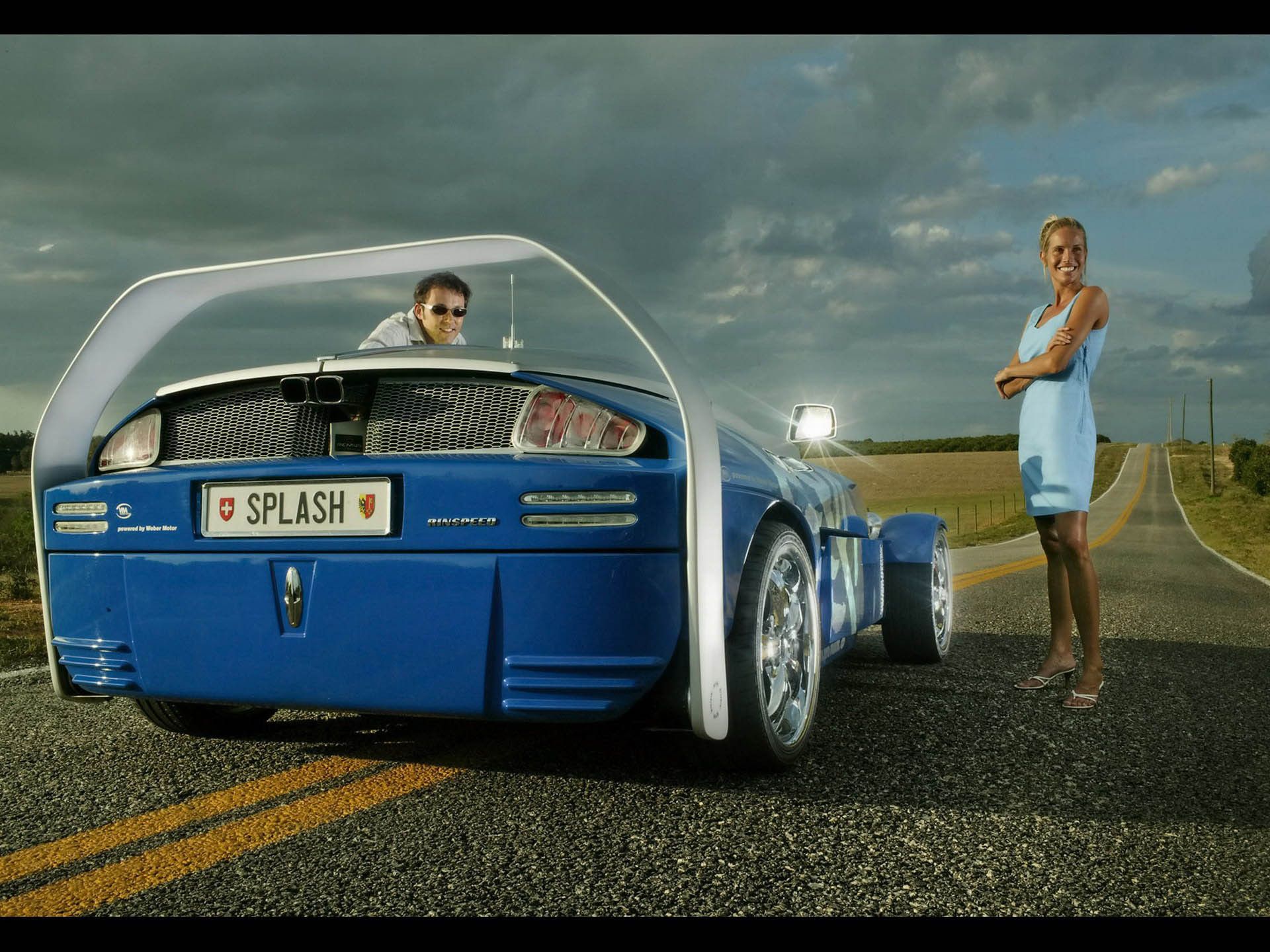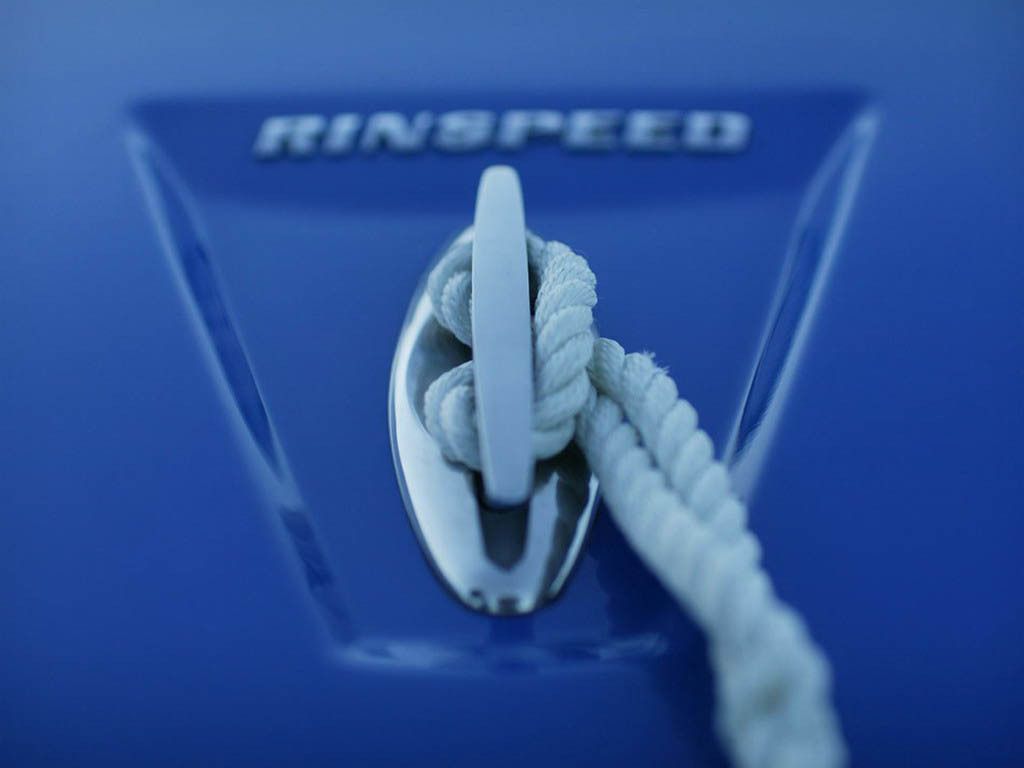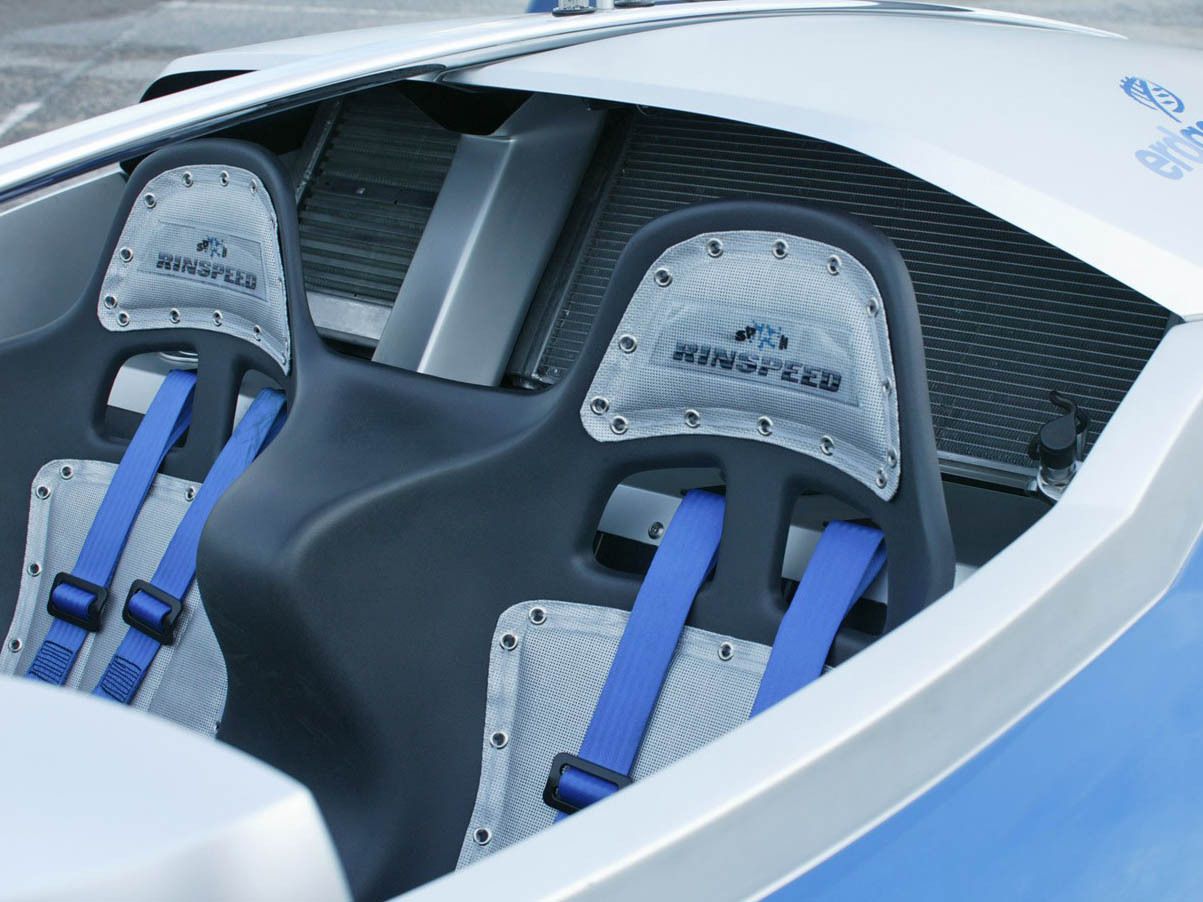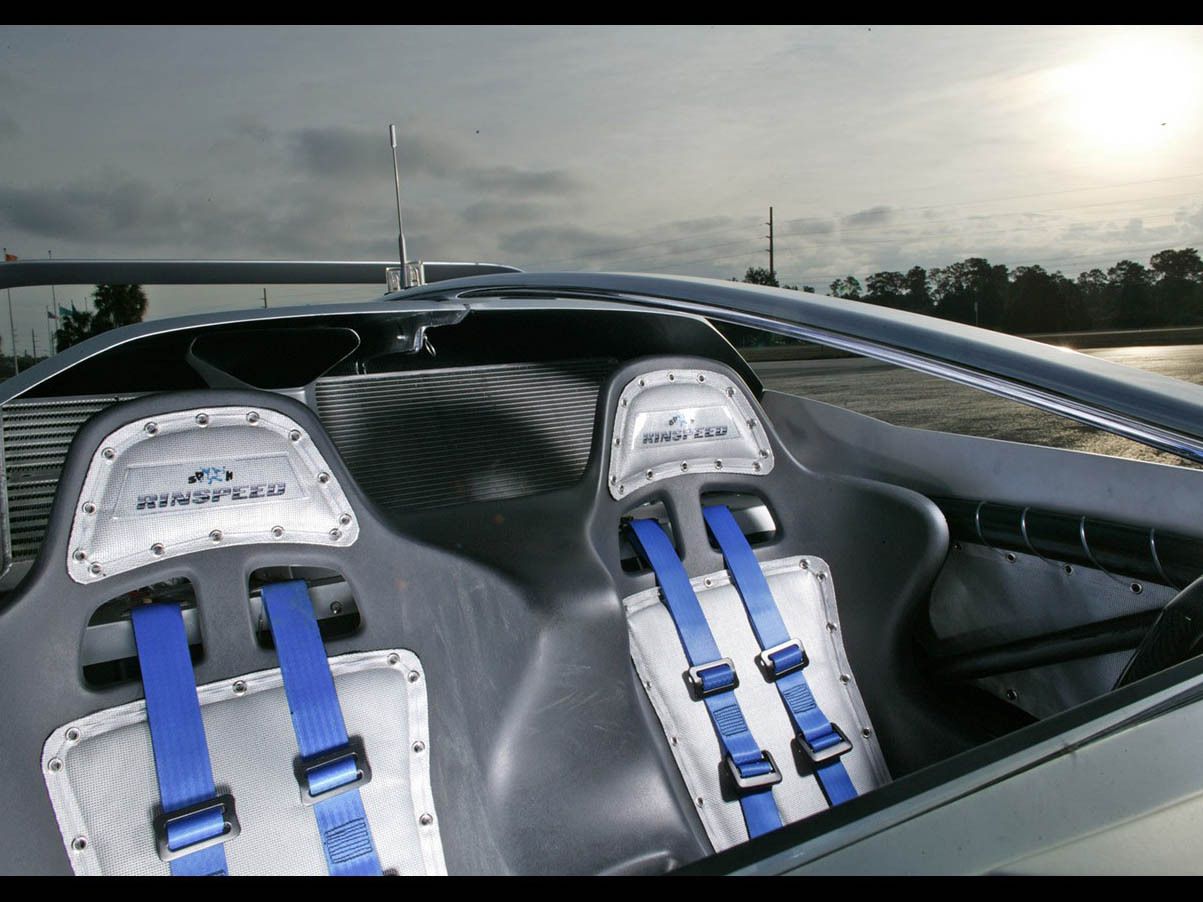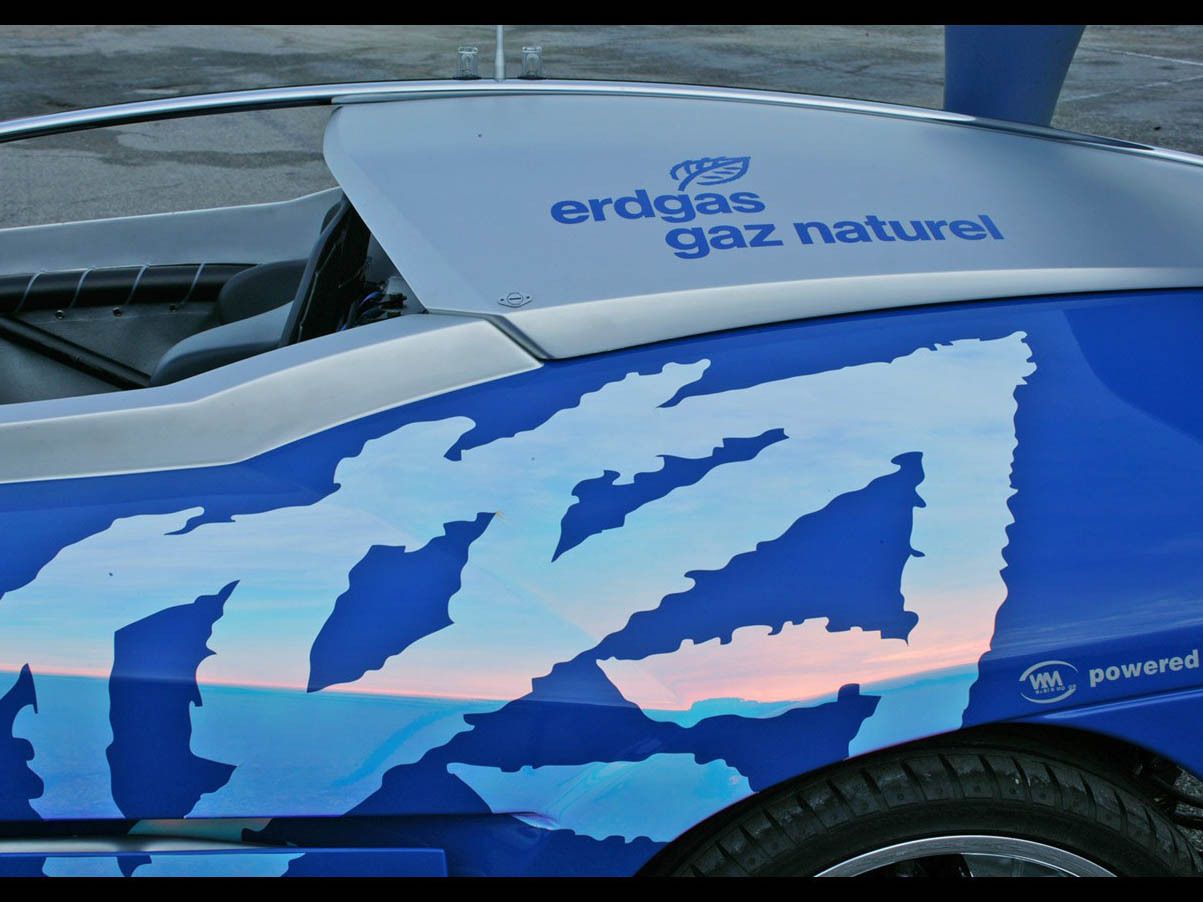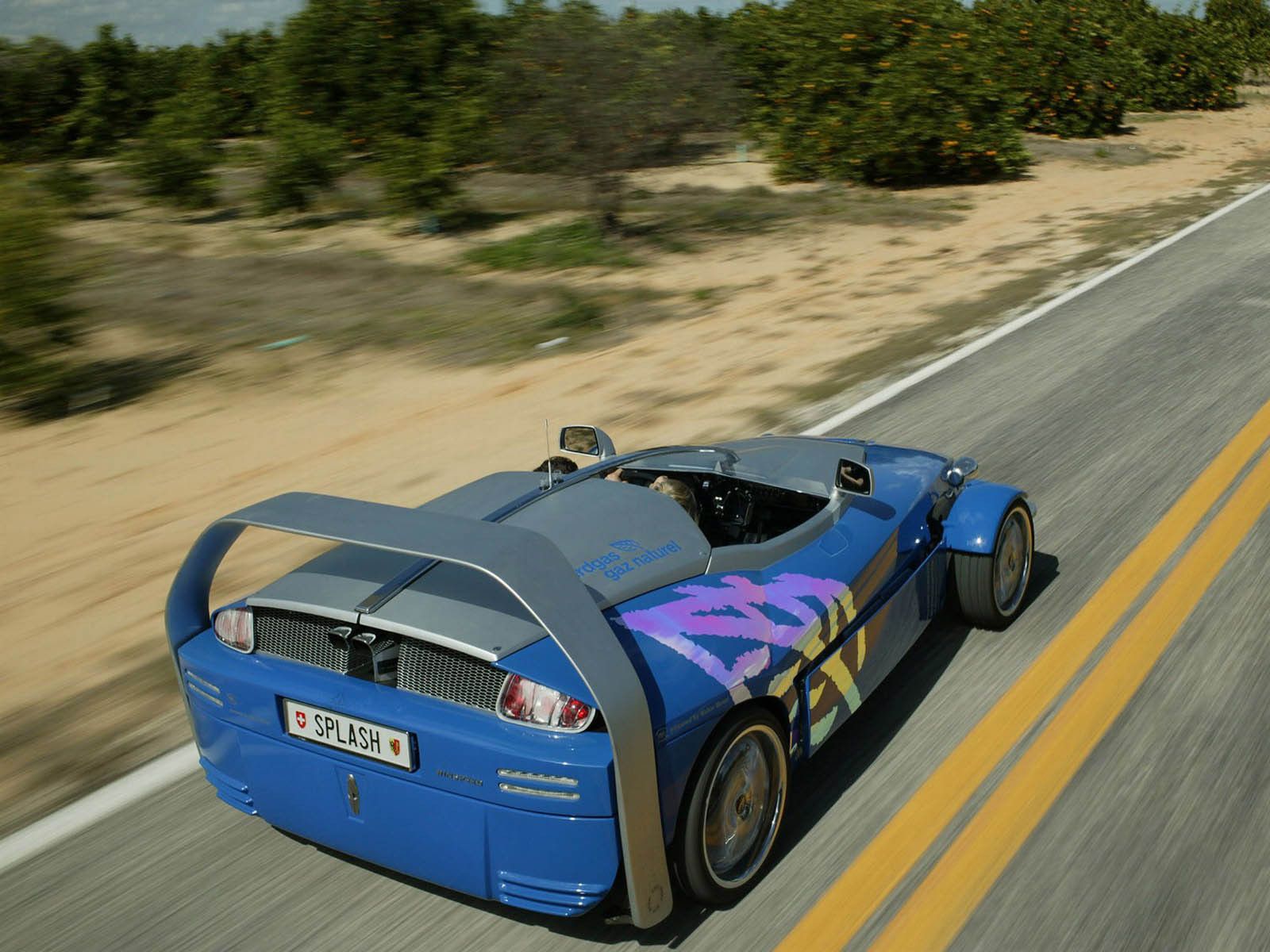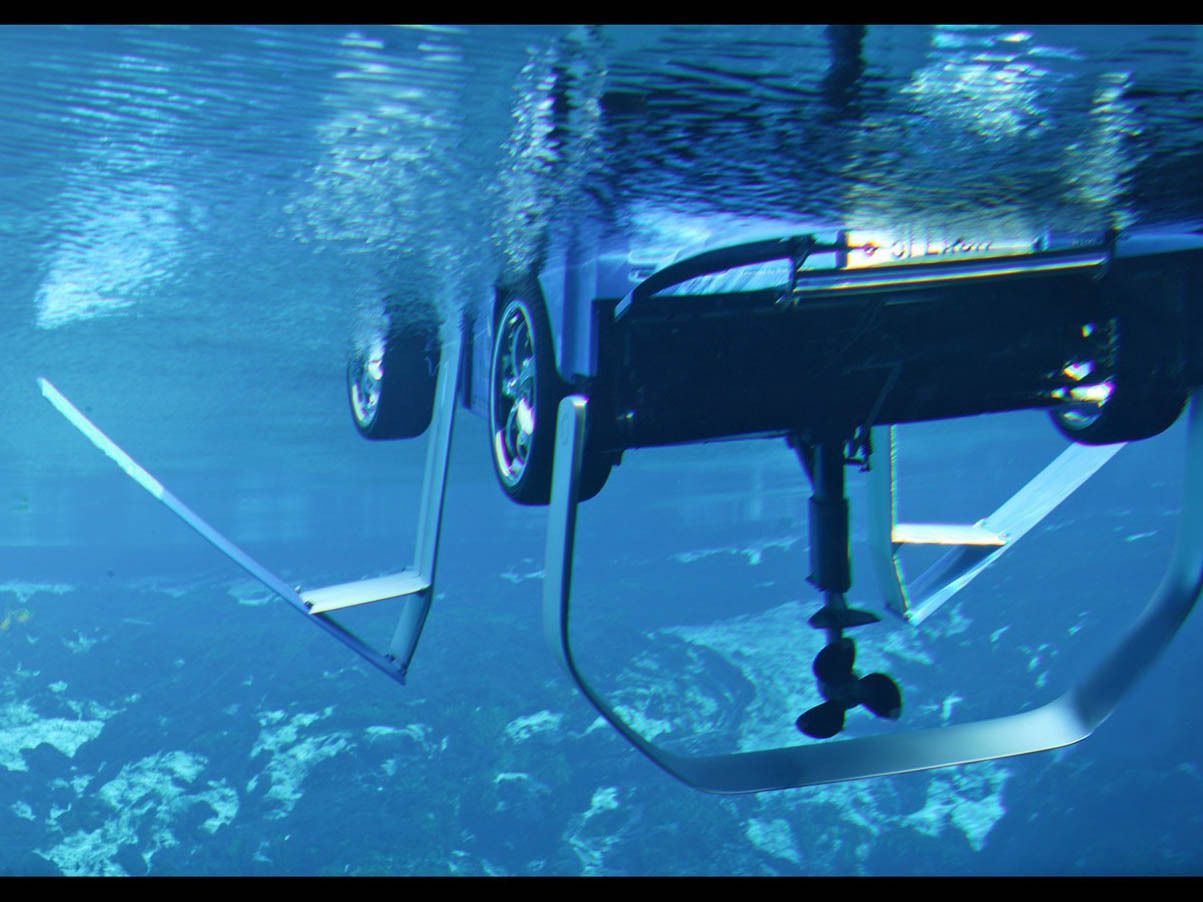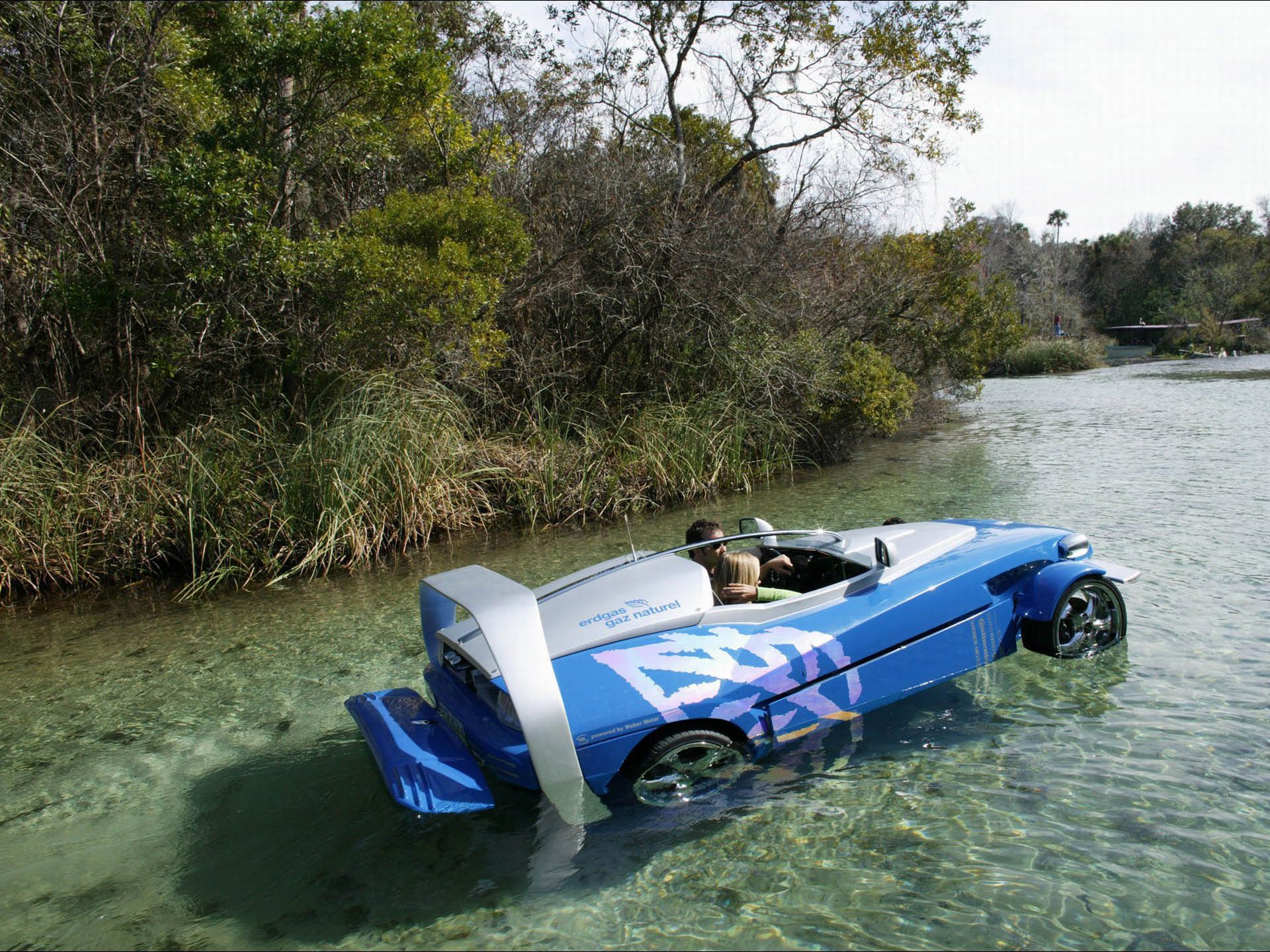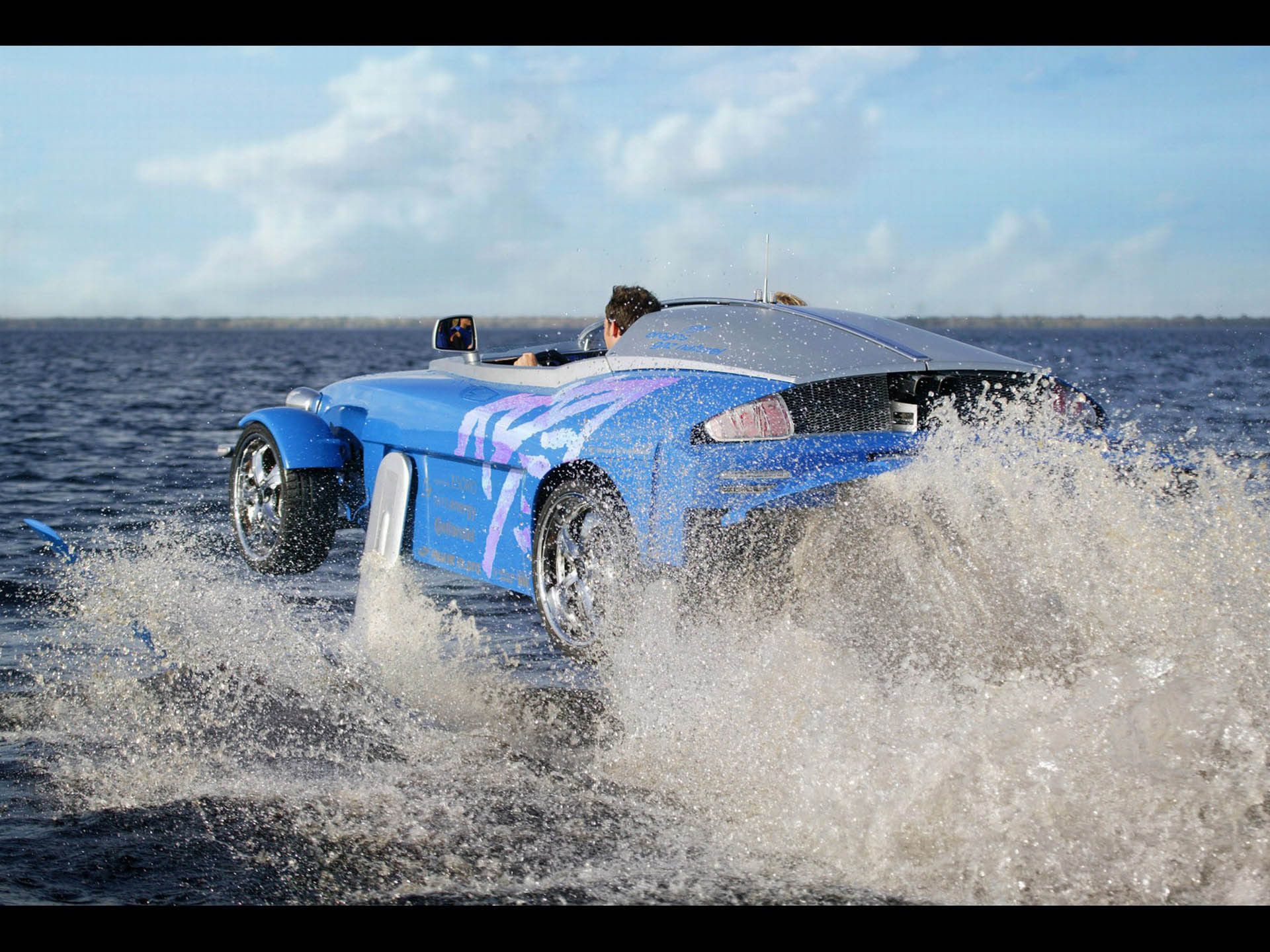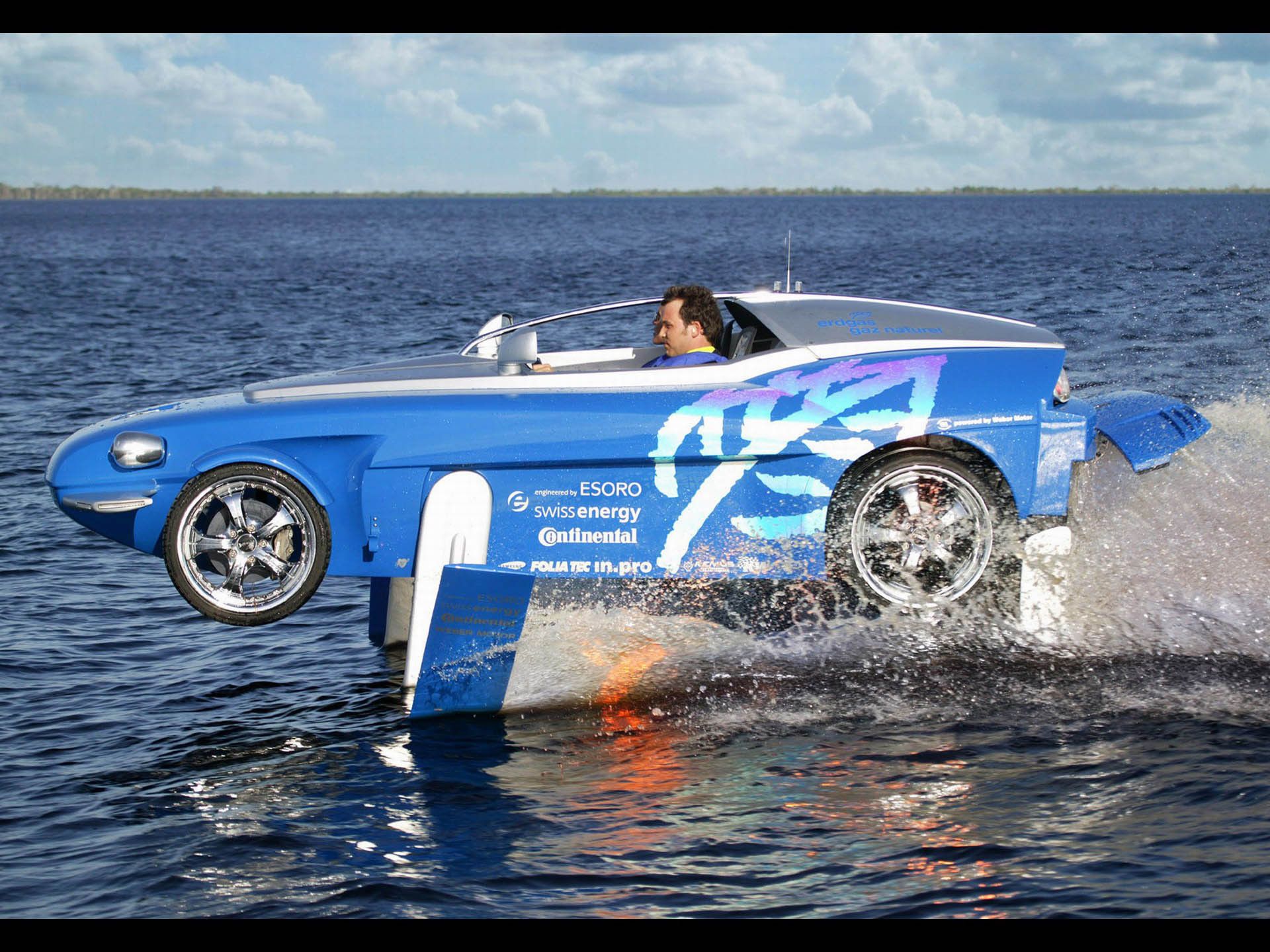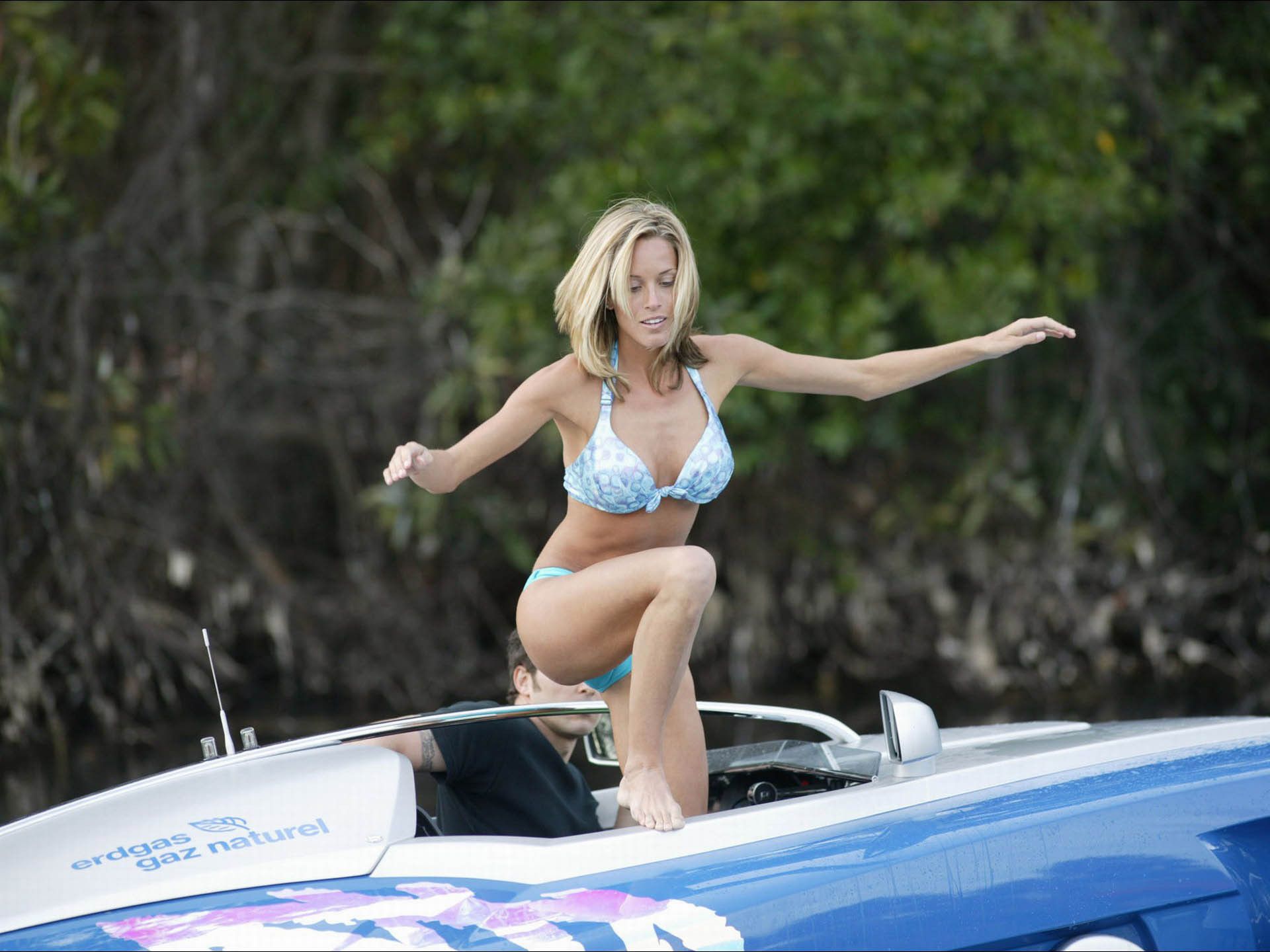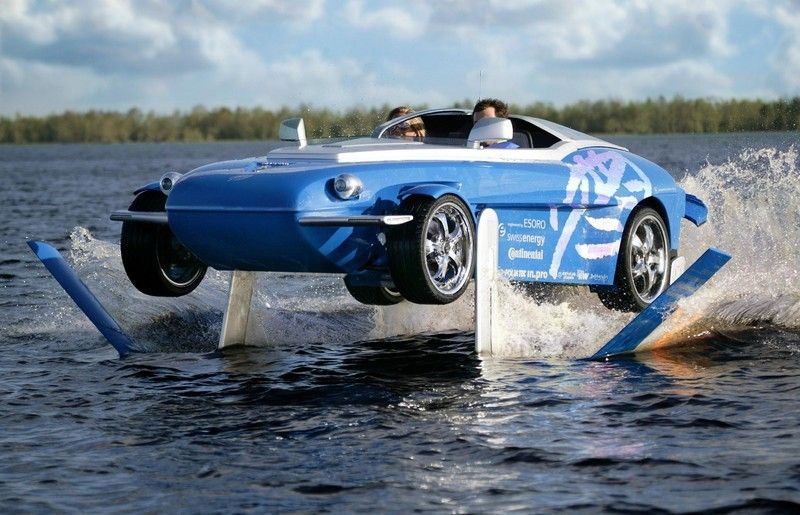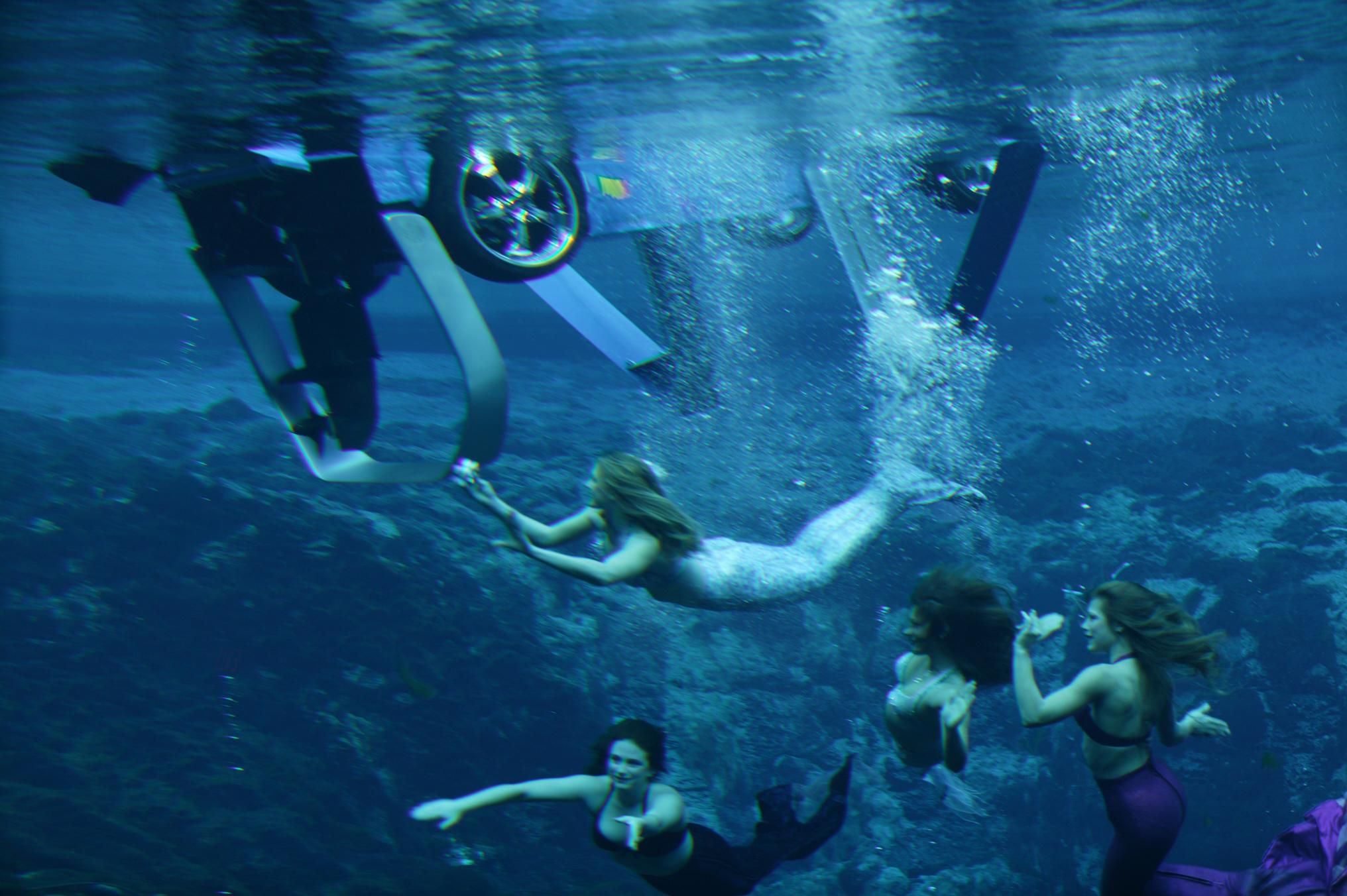In what has become a fond tradition Rinspeed Design, the Swiss creative powerhouse for automotive concepts and emotions, presents yet another surprising and astounding attraction at this year's Geneva Motor Show. To celebrate their 10th concept vehicle the Rinspeed crew has created the Rinspeed "Splash”.
2004 Rinspeed Splash
- Make: Array
- Model: 2004 Rinspeed Splash
- Horsepower: 140@7000
- Torque: 3500
- Transmission: 6-Speed Manual
Under the ultra-light carbon-composite skin lies much more than just an agile and lively sports car. The Rinspeed “Splash” is the true incarnation of a really cool and fun sports toy. At the push of a button a cleverly thought-out hydraulic mechanism transforms the sports car into an amphibious vehicle. But that alone wasn't enough for Frank M. Rinderknecht (48), founder and boss of Rinspeed. A highly complex integrated hydrofoil system enables the “Splash” to ‘fly' at an altitude of about 60 cm above the water.
On land, on water, and in the air
The almost magical transformation from a street vehicle into a floating and ‘flying' all-rounder is made possible by an electronically controlled hydraulic system with an array of sophisticated sensors.
The transformation starts with the nondescript rear panel, which flips up to reveal a Z-drive in horizontal rest position, borrowed from a watercraft. The Z-drive is fitted with a conventional 3-bladed propeller and can be lowered to its fully ‘standing' position from the cockpit. The position of the drive is infinitely variable, which guarantees immediate propulsion upon entering the water. A custom-designed transfer case sends power to the rear wheels, the propeller or both, depending on the input from the pilot. Starting at a water depth of about 1.1 meters the Z-drive can be lowered all the way to its fully ‘standing' position. Steering commands are entered via the steering wheel and transferred to the Z-drive.
At a minimum water depth of about 1.3 meters the pilot can deploy a highly complex system of hydrofoils integrated into the sleek body of the “Splash.” The Formula-1 type rear spoiler rotates 180 degrees down and comes to rest below the “Splash.” To the left and right of the high side walls of the cockpit two hydrofoils integrated into the outside skin rotate 90 degrees to point straight down before unfolding into their lifting V shape.
The angle of attack of each hydrofoil can be adjusted individually by the pilot to account for the various operating states. Already at low speeds the vehicle begins to lift itself out of the water. The fully suspended position can be reached at speeds as low as 30 km/h. The unusual vehicle then travels as a true hydrofoil at an altitude of about 60 cm above the water. Even the wheels are free of water contact. On smooth water the “Splash” is capable of reaching a top speed of about 49 mph.
Naturally the “Splash” can also be operated as a ‘conventional' amphibious vehicle. With retracted hydrofoils the “Splash” reaches a top speed of almost 31 mph. That is fast enough for water skiing or knee boarding.
The body of the “Splash” is designed to be watertight. Additional buoyancy chambers provide extra lift. Also borrowed from shipbuilding are a bulkhead design with independent chambers and bilge pumps - in case some water does find its way into the cockpit or the engine bay. Fourteen rubber bellows guarantee freedom of movement of drive train, suspension and steering.
Compact natural-gas power from just 750 cm3
The “Splash” is powered by an environmentally friendly bivalent turbocharged natural-gas engine. Natural gas is an extremely clean-burning fuel that consists almost entirely of methane with near-zero sulfur content. The “Splash” is the world's first amphibious vehicle to be equipped with this future-oriented engine technology.
Preserving the environment does not mean sacrificing driving fun - and neither does the low overall weight: The turbocharged two-cylinder four-valve engine from Weber Motor powers the watercrafts and snow mobiles from Polaris, albeit as a gasoline-powered engine. In its bivalent turbocharged natural-gas configuration the engine delivers a maximum power output of 140 hp at 7000 rpm. The peak torque of 110 lbs is available at a low 3'500 rpm. Street performance is nothing to be ashamed of: The 1818 lbs quick-change artist accelerates in about 5.9 seconds to 60 mph and reaches a top speed of 124 mph.
-----
No bounds
The sleek lines of the “Splash” draw attention at first glance. However, one of the basic ideas behind the “Splash” concept was to design an automobile whose multi-functional capabilities are not immediately apparent. Hardly anyone will realize that the ‘soft-edge design’ “Splash” can fulfill the age-old child’s dream of almost boundless mobility at the push of a button.
The entire body of the “Splash“ consists of multi-layered carbon composite, a state-of-the-art plastic mainly used in Formula One racing. It offers exceptional stability at a low specific weight. The striking bodylines of the “Splash” are the expression of the fine art of engineering. The low windshield protects against drafts and its tinted Folia Tec glass contributes to the futuristic chrome look.
The sporty stainless-steel exhaust system from Remus provides the adequate powerful engine sound. The chrome-plated dual exhaust tips give the “Splash” a unique and highly dynamic rear appearance.
The lightweight body sits on a suspension custom-developed by KW automotive. It features inboard shock absorbers, adjustable ride firmness and height. The suspension engineers succeeded in creating a suspension that represents a perfect synthesis of ride comfort and sporty handling characteristics.
In.pro. custom-developed chrome-plated bi-xenon headlamps for the “Splash” as well as LED taillights. The latter not only represent the beginning of a new design trend, their ability to come on almost instantly also contributes to the prevention of accidents.
Aye aye, Captain
The interior of the “Splash” clearly pays tribute to its maritime qualities. Lightweight and waterproof plastics cover the tubular frame and the ergonomically shaped plastic seats. The small sport steering wheel is perfect for the agile handling characteristics of the lively and highly maneuverable “Splash.” A number of chrome-plated shift knobs, which govern the amphibious functions and the angle of attack of the hydrofoils, exude an atmosphere reminiscent of an airplane cockpit.
Hydroplaning - on water only
The Rinspeed “Splash“ runs on Continental SportContact tires with 17-inch diameter in front (215/35-17) and 18 inches in the back (225/35-18). The Continental tires combine environmentally friendly design, very good handling characteristics and excellent grip. They are mounted on chrome-plated aluminum rims (7x17“ front, 7.5x18“ rear) custom-made by Barracuda.
On 26 July 2006, Rinspeed Splash set a new world record

